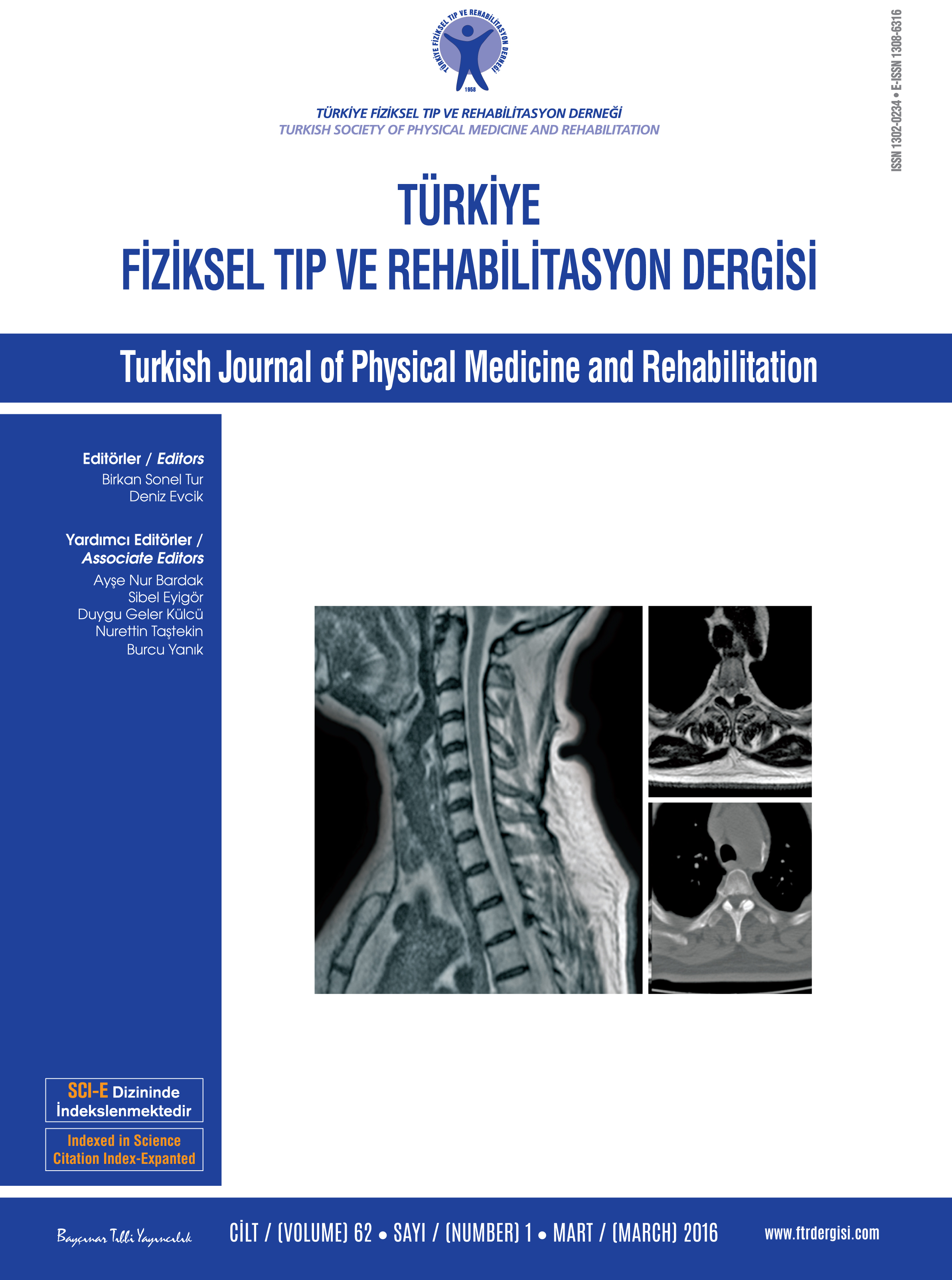Measurement of spinal curvatures during sitting on a rehabilitation ball versus stool
Patients and methods: The study group consisted of 57 subjects (23 males, 34 females; mean age 24.7±2.3 years; range 20 to 32 years). The Moiré method was used to assess the body posture. The tests were conducted using the apparatus for computer assessment of the body posture MORA 4 Generation. The spine curvature was assessed in two positions: on a chair without a backrest and on a rehabilitation ball.
Results: There was a statistically significant difference between the depth of thoracic kyphosis in both positions (p=0.003). A greater depth of thoracic kyphosis was recorded in the sitting position on a chair (4.3±5.3°) than in the sitting position on a rehabilitation ball (0.3±7.0°). A statistically significant difference was observed between the values of GAMMA in two consecutive measurements (p=0.049). Higher values of this parameter were noted in the sitting position on a rehabilitation ball (33.8±22.6°) versus on a chair (26.5±22.8°).
Conclusion: Sitting on a rehabilitation ball as a corrective and therapeutic exercise should be preceded by teaching the patient how to adopt the correct position. Then, rehabilitation balls can become an alternative to chairs.
Keywords : Back pain; Moiré topography; posture; spine

















